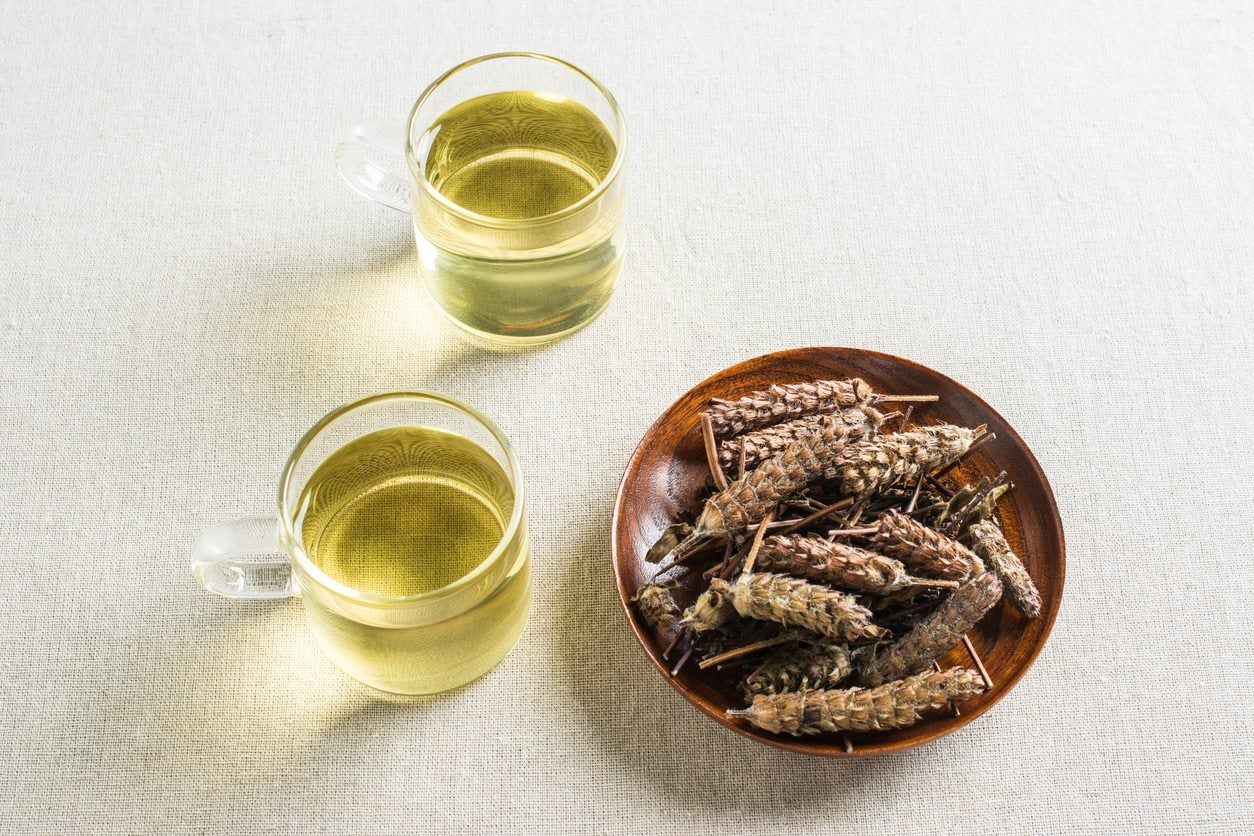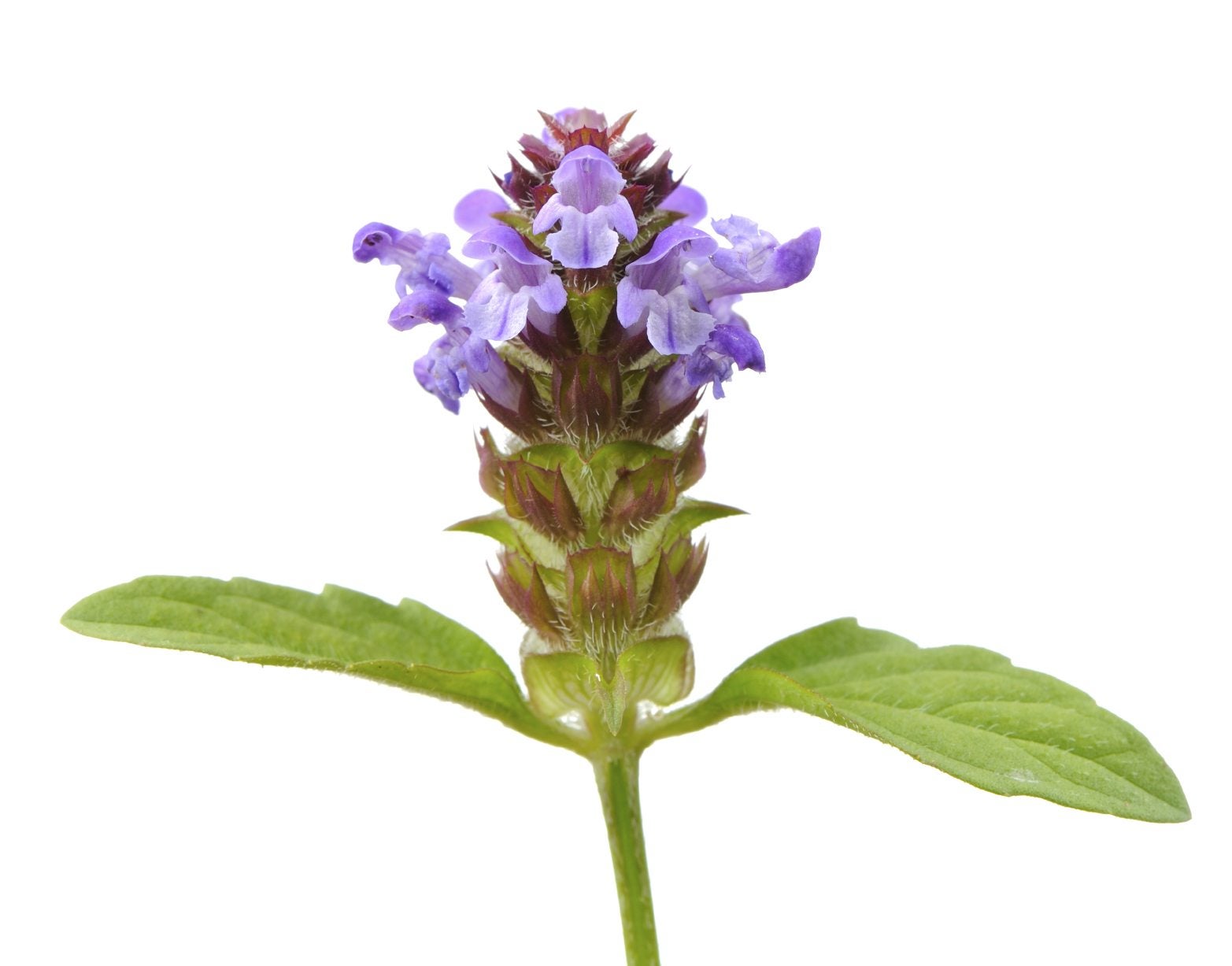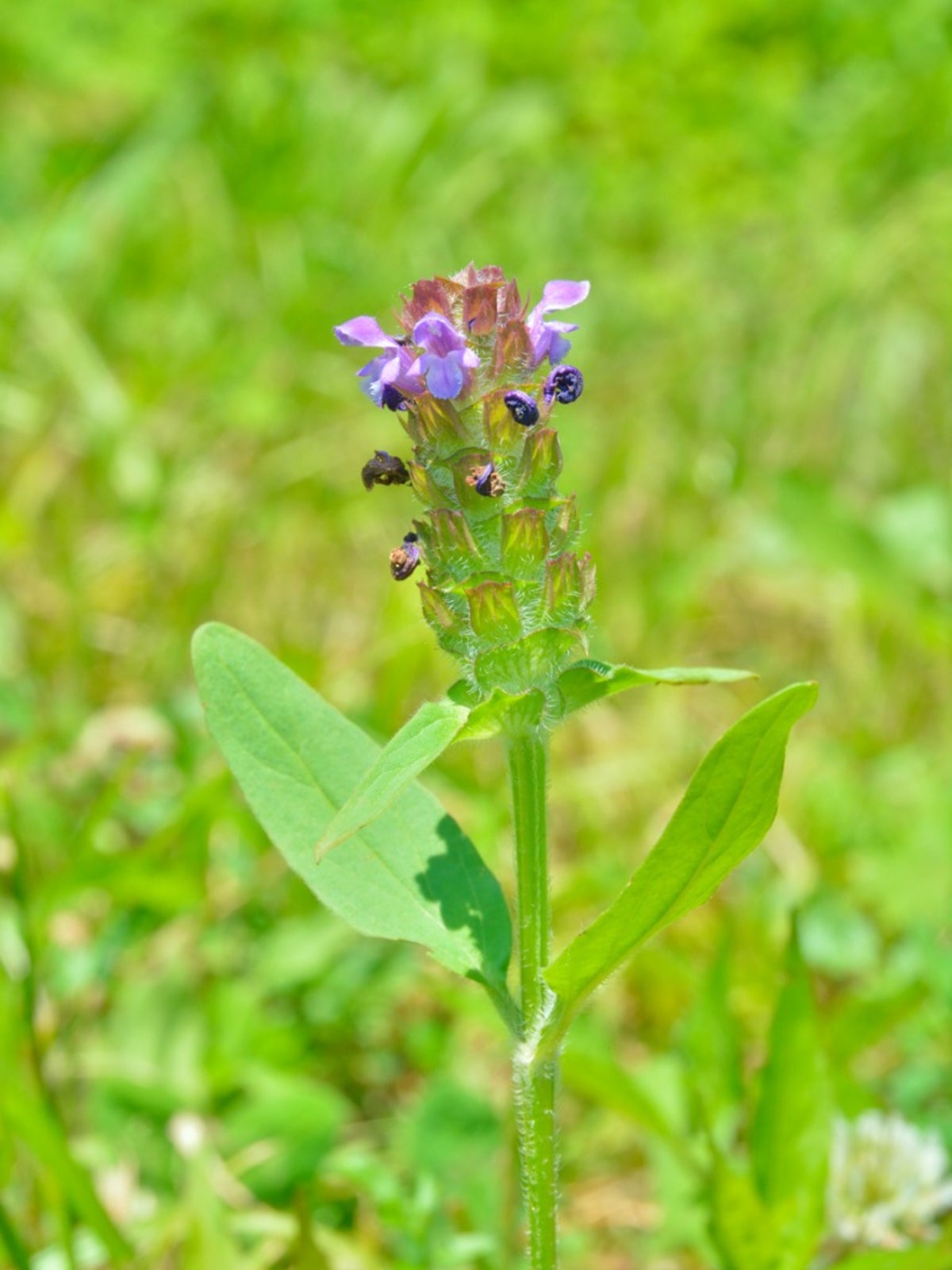Self-Heal Tea Info: How To Make Self-Heal Tea


Self-heal (Prunella vulgaris) is commonly known by a variety of descriptive names, including wound root, woundwort, blue curls, hook-heal, dragonhead, Hercules, and several others. The dried leaves of self-heal plants are often used to make herbal tea. Read on to learn more about the possible health benefits of tea made from self-heal plants.
Self-Heal Tea Info
Is self-heal tea good for you? Self-heal tea is relatively unfamiliar to most modern North American herbalists, but scientists are studying the plant’s antibiotic and antioxidant properties, as well as its potential to lower high blood pressure and treat tumors. Tonics and teas made from self-heal plants have been a staple of traditional Chinese medicine for hundreds of years, used primarily to treat minor ailments, disorders of the kidneys and liver, and as an anti-cancer drug. Indians of the Pacific Northwest used self-heal plants to treat boils, inflammation and cuts. European herbalists used tea from self-heal plants to heal wounds and stop bleeding. Self-heal teas have also been used to treat sore throats, fevers, minor injuries, bruises, insect bites, allergies, viral and respiratory infections, flatulence, diarrhea, headaches, inflammations, diabetes and heart ailments.
How to Make Self-Heal Tea
For those growing self-heal plants in the garden that wish to make their own tea, here is the basic recipe:
- Place 1 to 2 teaspoons of dried self-heal leaves into a cup of hot water.
- Steep the tea for an hour.
- Drink two or three cups of self-heal tea per day.
Note: Although tea from self-heal plants is thought to be relatively safe, it may cause weakness, dizziness and constipation, and in some cases, may result in various allergic reactions, including itching, skin rash, nausea and vomiting. It’s a good idea to consult a health care practitioner before drinking self-heal tea, especially if you are pregnant, nursing, or taking any medications. Disclaimer: The contents of this article is for educational and gardening purposes only. Before using or ingesting ANY herb or plant for medicinal purposes or otherwise, please consult a physician or a medical herbalist for advice.
Gardening tips, videos, info and more delivered right to your inbox!
Sign up for the Gardening Know How newsletter today and receive a free copy of our e-book "How to Grow Delicious Tomatoes".

A Credentialed Garden Writer, Mary H. Dyer was with Gardening Know How in the very beginning, publishing articles as early as 2007.
-
 Types Of Tomatoes Explained: Explore The Many Wonderful Shapes, Colors, Flavors, & Best Uses
Types Of Tomatoes Explained: Explore The Many Wonderful Shapes, Colors, Flavors, & Best UsesThe world of tomato varieties is vast and fascinating. Learn about the key types to grow in your garden, tailored to your preferences and space.
By Amy Grant
-
 Try The Trend – Turn Any Bed Into A Keyhole Garden With This Clever In-Ground Composter
Try The Trend – Turn Any Bed Into A Keyhole Garden With This Clever In-Ground ComposterKeyhole gardening is an efficient and sustainable practice that saves space. Get started on this DIY project quickly and easily with an in-ground composter.
By Bonnie L. Grant
-
 Controlling Prunella Weeds: How To Get Rid Of Self Heal
Controlling Prunella Weeds: How To Get Rid Of Self HealThere's a thorn in the side of anyone trying to attain the perfect lawn and its name is self heal weed. Self heal is found throughout the U.S. and can be aggressive. This article will help get rid of self heal weed in the landscape.
By Amy Grant
-
 Growing Prunella: Tips For Growing The Common Self Heal Plant
Growing Prunella: Tips For Growing The Common Self Heal PlantIf youa??re looking for a great addition to garden beds or borders, or even something to add to a meadow garden, consider planting the easy-growing self heal plant. Read this article to learn more about it.
By Heather Rhoades